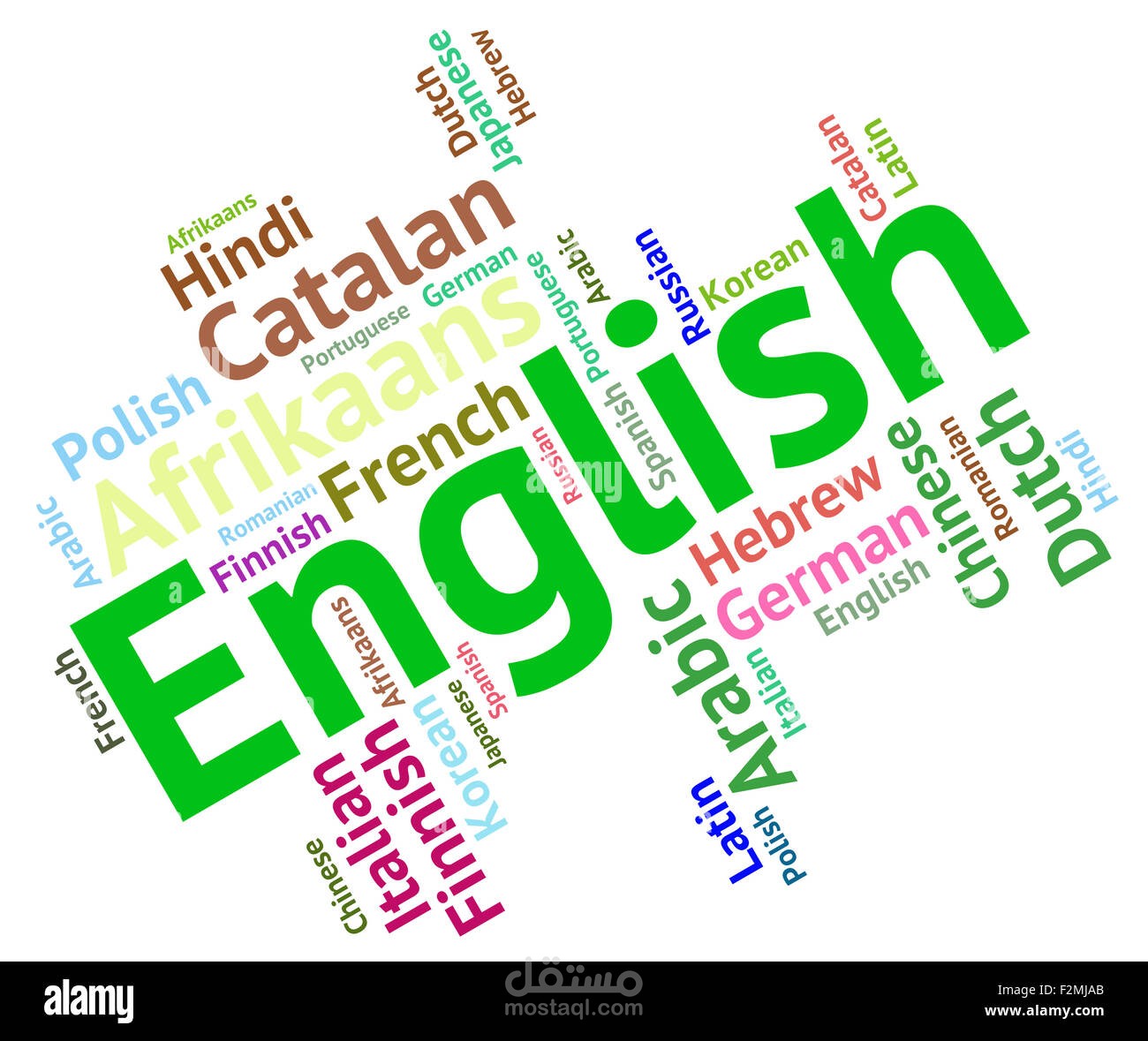ترجمه من الي لغة الي اي لغة
تفاصيل العمل
Translation work requires accurately converting meaning and content from one language to another with a deep understanding of both languages involved. When taking on the task of translating a file, your responsibility will be to convert the content of the file from the original language to the target language (English in this case), while maintaining accuracy and consistency in meaning and style.
First and foremost, before starting the translation process, you will need to understand the original content of the file, its purpose, and the target audience. You will need to conduct research to familiarize yourself with the vocabulary and specialized terms in the specific field of the file to ensure accurate and appropriate translation.
Then, you will apply your linguistic and cultural skills to convert the original text into the target language. You will need to consider the grammatical, syntactical, and structural rules in both languages, as well as pay attention to the style, tone, and idiomatic expressions used in the target language.
Upon completing the translation of the file, you will need to review the work and ensure linguistic accuracy and consistency. Translation-assisting software and tools are typically used to check for spelling, grammar, and formatting errors.
Additionally, you may be required to work with different file formats, such as text documents, presentations, and multimedia files. You may need text editing skills and proficiency in text editing and translation software.
Ultimately, working in the field of translation aims to enable effective communication between different cultures and languages. Translation requires deep linguistic and cultural skills, as well as accuracy and professionalism in delivering the translated content.
